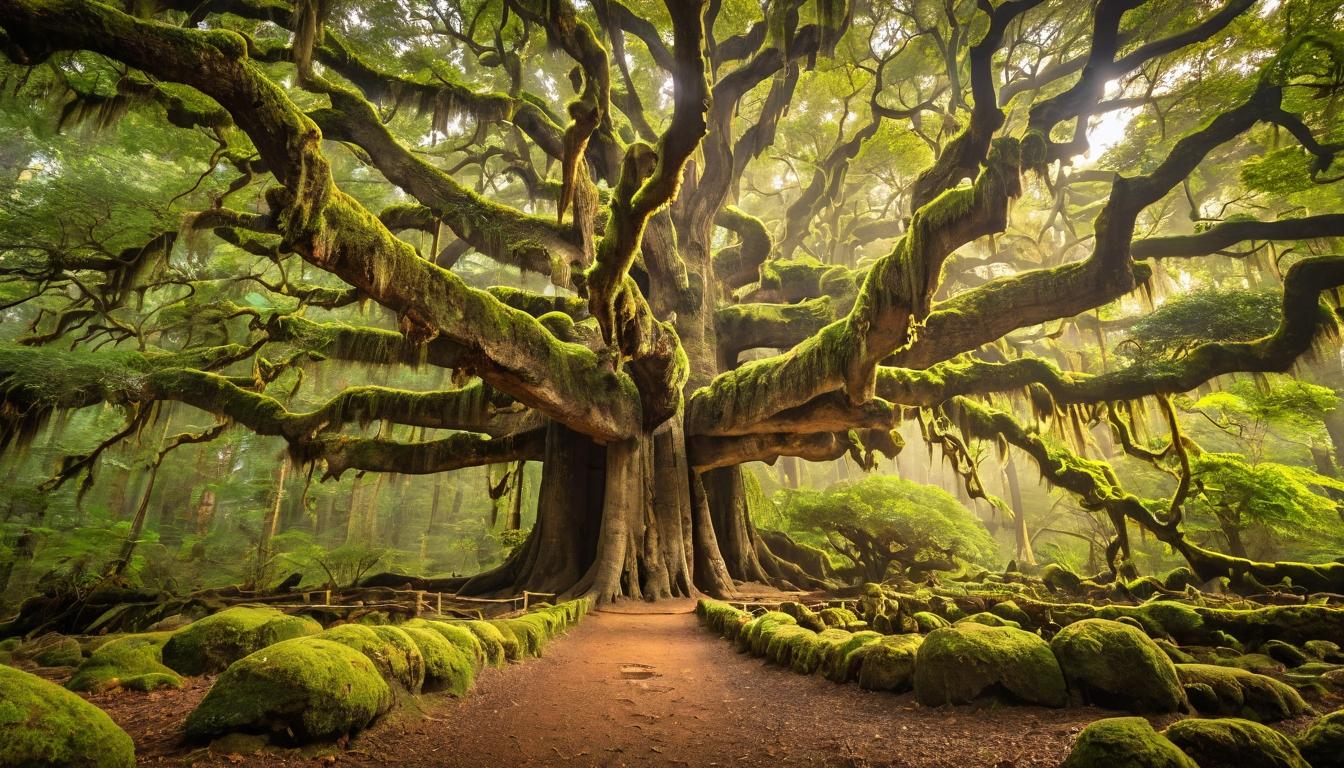Deep within the old-growth forests of the Pacific Northwest, something extraordinary happens when you stand still long enough to listen. It’s not just the rustle of leaves or the chatter of squirrels—it’s a subtle, almost imperceptible hum that seems to vibrate through the very soil beneath your feet. Scientists are now discovering what indigenous cultures have known for centuries: trees communicate with each other through vast underground networks of fungi, sharing nutrients, warnings about predators, and even nurturing their young. This 'Wood Wide Web,' as researchers call it, reveals a level of interconnectedness that challenges our understanding of intelligence in the natural world.
Walking through these ancient groves feels like stepping into a living cathedral. The towering redwoods and cedars have witnessed centuries of human history, their bark etched with the scars of fires and storms that would have destroyed lesser beings. Yet they stand, resilient and silent, holding wisdom in their rings that dates back to before the Renaissance. Modern forest bathing practices—shinrin-yoku in Japanese—tap into this ancient connection, showing measurable reductions in stress hormones and improved immune function in those who spend time among these gentle giants.
What makes this communication network truly remarkable isn't just its biological sophistication, but what it suggests about consciousness itself. When a mother tree detects her seedlings struggling for sunlight, she can redirect nutrients through the fungal networks to give them a better chance at survival. This isn't random chance—it's a form of arboreal empathy that mirrors our own care for family. The implications ripple through ecology, spirituality, and even our approach to climate change, suggesting that preservation isn't just about saving trees, but about honoring an ancient intelligence we're only beginning to comprehend.
The mystical experience of forests transcends cultural boundaries. From the druidic traditions of Europe to the shamanic practices of the Amazon, trees have always been regarded as portals to other realms. Modern psychonauts report profound visionary experiences during meditation beneath canopies, describing encounters with what they call 'tree spirits' or 'guardians of the forest.' While science may frame these experiences as psychological phenomena, the consistent reports across cultures suggest something deeper at work—a shared human recognition of consciousness in the vegetative world.
Perhaps the most urgent lesson from these silent communicators lies in their response to environmental threat. Trees under attack from insects release pheromonal signals that warn neighboring trees to raise their chemical defenses. They remember droughts, fires, and infestations, adapting their growth patterns over generations. In an era of climate crisis, this arboreal wisdom offers a blueprint for resilience—not through aggressive domination, but through cooperation, memory, and shared resources. The forest doesn't fight climate change; it adapts with a patience that spans centuries, teaching us that survival might depend less on technology and more on remembering how to listen to the oldest voices on our planet.
The silent language of trees: how ancient forests speak to our souls

